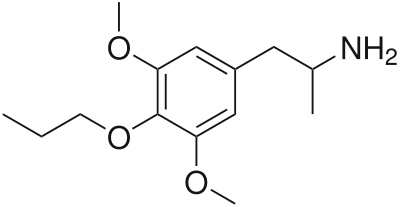StickyChron
Bluelighter
Would it be active given the generally light effects of 2C-D? 3-carbon chain amphetamines seem to work, hence 3C-E and 3C-P. Would the Dimethoxy render it inactive?
I don't really know much about chemistry, if someone wants to explain it in detail, I would love to know more.
I don't really know much about chemistry, if someone wants to explain it in detail, I would love to know more.








